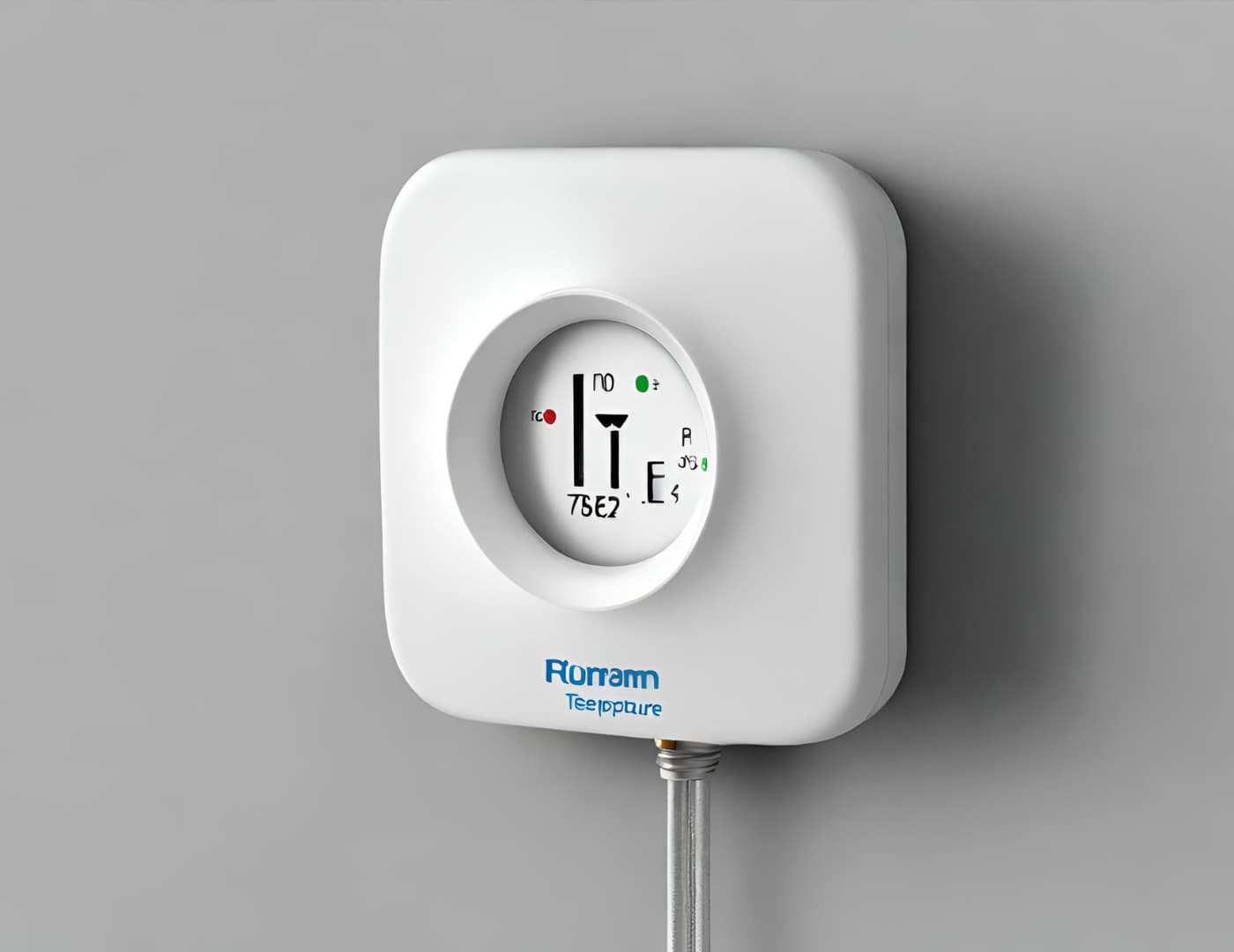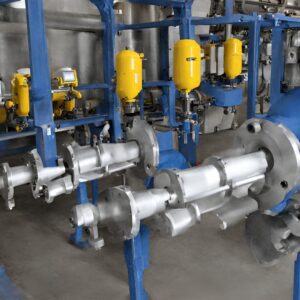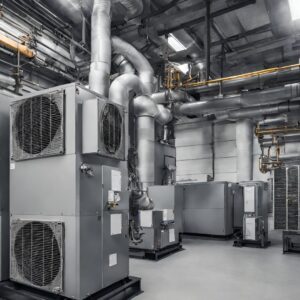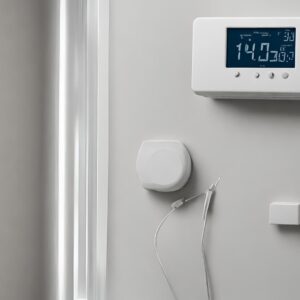In the intricate world of industrial temperature control, precision reigns supreme. Ensuring that processes maintain the perfect temperature is not merely a matter of comfort; it’s a critical factor for quality, safety, and efficiency. This blog post delves into the art and science of industrial temperature control, where the heroes are Siemens room temperature sensors and control valves. Together, they form an alliance that orchestrates the symphony of precise temperature management in industrial settings.
The Significance of Industrial Temperature Control:
In the vast landscape of industrial processes, temperature control is an omnipresent necessity. Whether it’s the pharmaceutical industry, food manufacturing, or metallurgy, maintaining specific temperature ranges is paramount for product quality and safety. Moreover, precise temperature control can significantly impact energy efficiency and operational costs.
Room Temperature Sensors
Room temperature sensors are the silent observers of industrial environments. These devices play a pivotal role in ensuring that the ambient temperature remains within the desired range. How do they work their magic? Room temperature sensors constantly measure and monitor the surrounding temperature and provide crucial data to the control system.
For instance, in a pharmaceutical manufacturing facility, room temperature sensors keep a watchful eye on the storage area where sensitive medications are stored. If the temperature begins to deviate from the ideal range, these sensors immediately send signals to the control system, triggering corrective actions.
Control Valves in Process Heating
Now, let’s introduce the other half of the dynamic duo: control valves. These are the gatekeepers of fluid flow in industrial heating processes. Think of them as the architects who decide how much hot or cold fluid should flow through a system to maintain the desired temperature. Control valves can regulate the flow of steam, hot water, or other heating fluids.
Imagine a massive industrial furnace in a steel mill. The temperature inside needs to remain consistent for optimal steel production. KMC Control valves in this setting are responsible for precisely controlling the flow of the heating medium, ensuring that the furnace temperature doesn’t deviate from the set point.
Integration of Room Temperature Sensors and Control Valves
The magic happens when room temperature sensors and control valves join forces. This integration forms a closed-loop temperature control system. Here’s how it works: Room temperature sensors continuously measure the ambient temperature and send this information to the control system. If the temperature starts to stray from the desired range, the control system signals the control valves to make adjustments.
For instance, in a food processing plant where chocolates are manufactured, room temperature sensors in the storage area detect a temperature rise that could jeopardize the product quality. The control system swiftly communicates with the control valves connected to the cooling system, instructing them to increase the flow of chilled water. As a result, the room temperature drops, preserving the chocolates’ integrity.
Applications of Industrial Temperature Control
Let’s explore the practical applications of this temperature control symbiosis in industrial settings. Consider the brewing industry, where precise fermentation temperatures are crucial for beer quality. Room temperature sensors in fermentation tanks communicate with control valves that regulate the flow of cooling or heating fluids, ensuring that the beer ferments at the ideal temperature, resulting in a delightful brew.
Optimizing Energy Efficiency
The combination of room temperature sensors and control valves also has a significant impact on energy efficiency. These intelligent systems can optimize energy usage by adjusting the flow of heating or cooling fluids precisely when needed. This means less energy is wasted, operational costs are reduced, and the environmental footprint shrinks.
Think about a large-scale chemical plant that relies on heating processes. Room temperature sensors ensure that heat is only applied when necessary, and control valves maintain a perfect balance of energy delivery. The result? Energy efficiency that benefits both the company’s bottom line and the planet.
Safety Considerations
In the realm of industrial temperature control, safety is non-negotiable. Deviations from the desired temperature range can lead to accidents, product defects, or compromised safety. Room temperature sensors act as vigilant guards, constantly monitoring conditions. When they detect potential dangers, they promptly signal the control valves to avert disaster.
Imagine an oil refinery where precise temperature control is critical to prevent explosions and leaks. Room temperature sensors in critical areas continuously assess conditions, sending immediate alerts to control valves. These valves respond swiftly, adjusting heating or cooling processes to maintain safety.
Challenges and Solutions
Industrial temperature control comes with its fair share of challenges. Fluctuating temperature requirements, rapid changes in demand, and the need for precise adjustments can pose significant obstacles. However, the integration of room temperature sensors and control valves offers solutions to overcome these challenges.
Future Trends and Innovations
As technology advances, so do the capabilities of room temperature sensors and control valves. Emerging trends include advanced sensor technologies, smarter control algorithms, and real-time data analytics. These innovations promise even more precise and energy-efficient temperature control in industrial processes.
Conclusion
In the intricate dance of industrial temperature control, room temperature sensors and control valves are the choreographers, ensuring that every step is precise and every note is in tune. Together, they create a symphony of efficiency, safety, and quality across a multitude of industrial applications. As technology continues to evolve, this dynamic duo will play an increasingly vital role in shaping the future of industrial temperature control, where precision is paramount, and success is measured in degrees.




